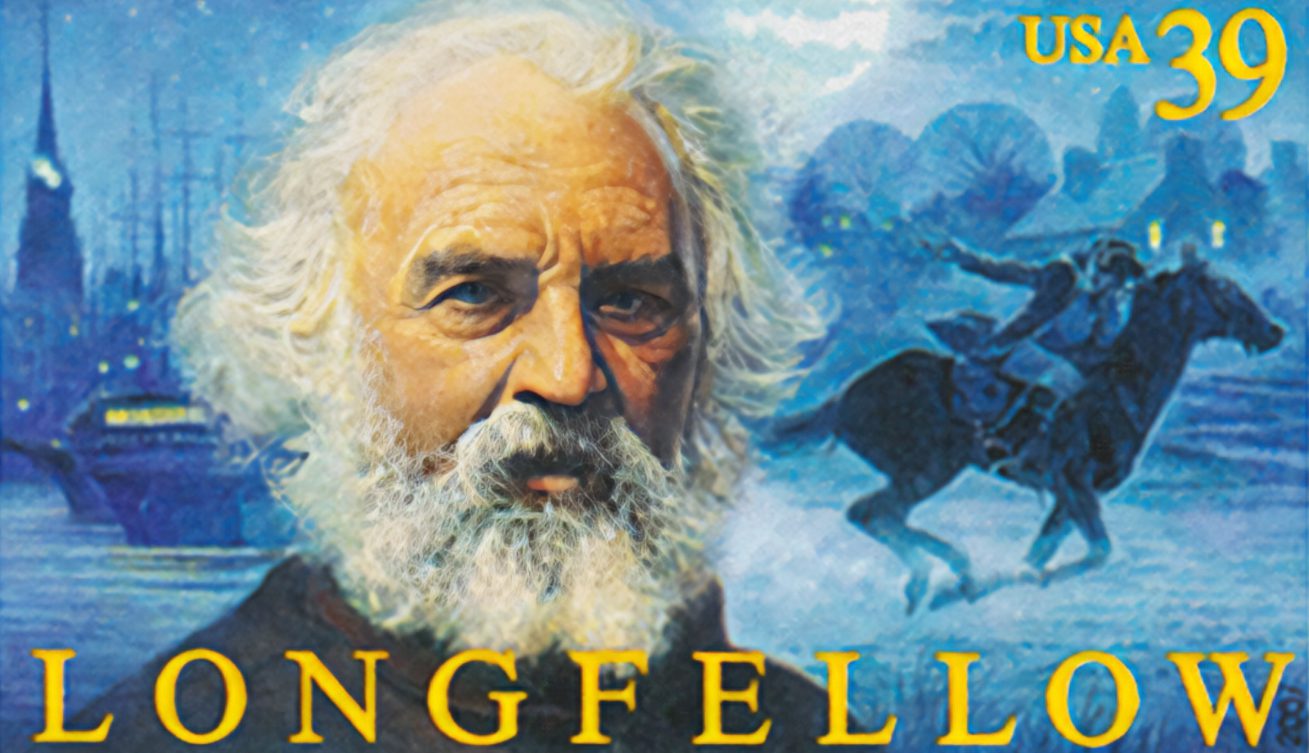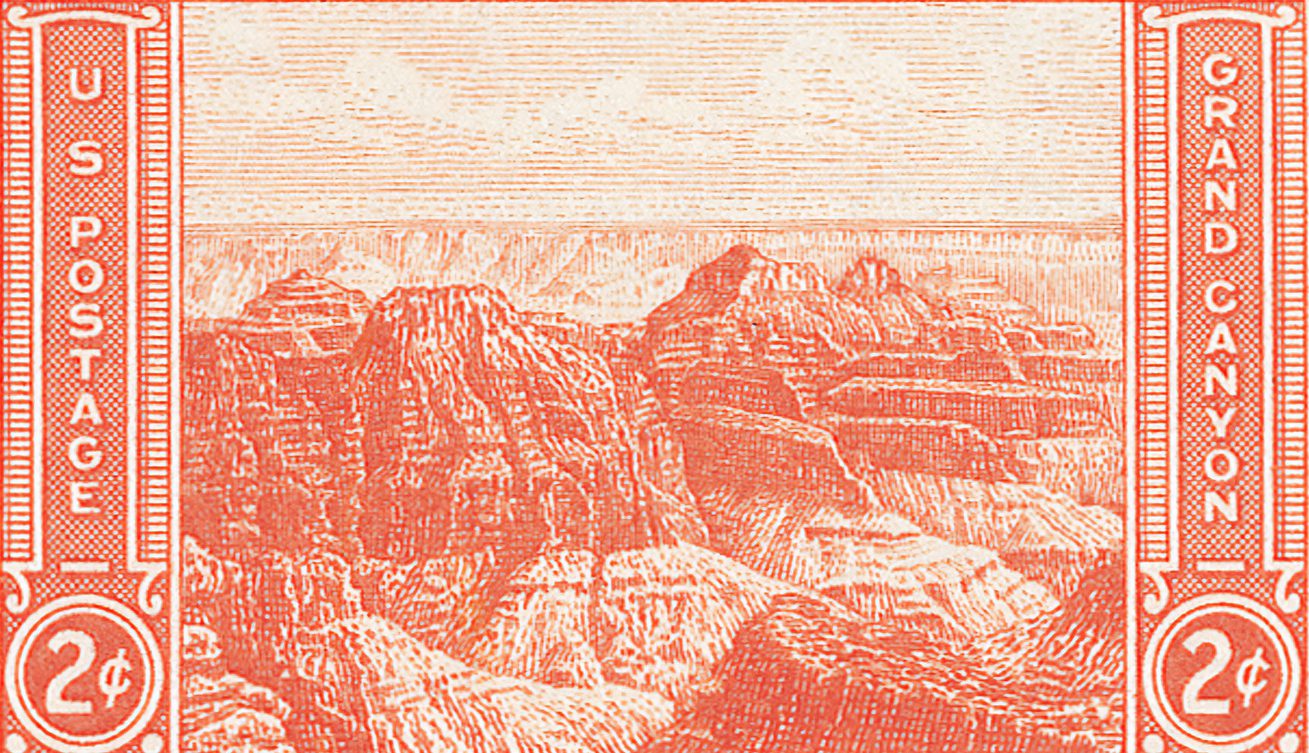Happy Birthday Knute Rockne
Legendary Notre Dame football coach Knute Rockne was born Knut Larsen Rockne on March 4, 1888, in Voss, Norway. Considered one of America’s greatest college football coaches, he had one of the highest winning percentages in history.









